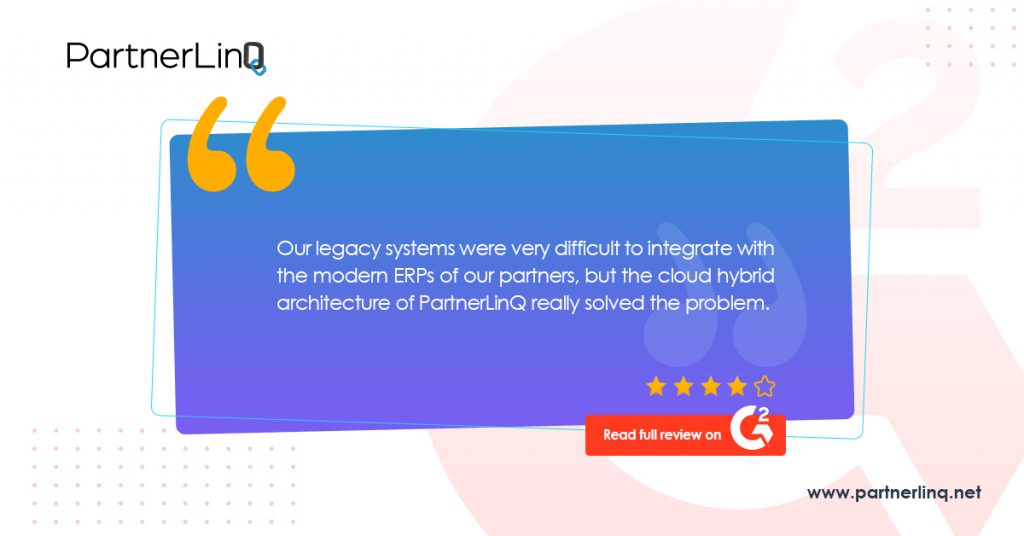Imperatives for Modern Retail – Control, Visibility, Transparency

We’re not quite sure what’s going to happen with retail in the future and we certainly learned a lot in 2020. Together we learned about retail, about our businesses, and about our supply chains. We learned about control and that we may not have had as much control over our supply chains as we once thought. The transparency and visibility into our networks were far less than we had imagined, and we learned that while today may look bright and sunny, dark clouds could easily occlude the light.
Regaining Control to Drive Customer Experience
While the retail world scrambles to respond to the ‘new normal’, it is a time to look back at all that happened and analyse if we could have done things differently. The one positive to emerge from 2020 was the lessons to be learnt from the pandemic’s impact on the retail supply chain. Large-scale disruptions highlighted key areas for retailers to focus on for improving their business models. Modern retailers must now turn the lessons learned into opportunities and as motivators to chart a course to the future.
Many of the opportunities for improvement relate to areas of business where customers are indirectly impacted, such as partner-to-partner alignment and communication as well as processes like transaction management. These behind-the-scenes areas have a broad impact and could greatly benefit from automation, which became apparent during last year.
Streamlining manually intensive processes is another area that could benefit from the lessons learned in 2020. Executing on these opportunities and others serve to free up time, energy, and resources bringing focus on more strategic tasks.
Retailers of today need systems that generate more accurate forecasting, compelling pricing, and efficient sourcing. Enterprises with clear view of their inventories, customers, and business processes will effectively harness these operational advantages to drive greater internal efficiencies and enhance their customer’s experiences.
The Need for Transparency and Visibility
The restrictions placed on businesses great and small as a result of the pandemic led to prioritization of short-term and tactical strategies and short terms fixes such as activating alternative sources and injecting more capital into broken processes to prevent further disruption. These interim solutions to larger issues require additional visibility into the supply chain, which most organizations lack.
When visibility is limited, demand, inventory, and supply chain data remain dispersed or siloed. While legacy data integration solutions can unify information from different systems, the process involves a lot of time and cost and must be repeated as the business evolves.
A growing number of organizations function on a global scale and deal with widespread and complex supplier networks, which they need to track precisely. In addition, retailers need to address customers’ demands for rapid order fulfilment, curb-side deliveries, and an evolving regulatory landscape when it comes to traceability and transparency.
Today’s retail organizations require a unified supply chain solution that delivers a comprehensive view of the supply chain, is auditable, and includes history and traceability. Organizations have a growing need for end-to-end and in-depth visibility to generate granular data sets, which can then be leveraged to provide actionable intelligence and insight into what the future may hold. Insight leads to better anticipation of supply-side challenges and enable real-time decision-making in the face of challenges, opportunities, and market conditions.
The Modern EDI for Integrated Communication
PartnerLinQ provides a digital supply chain connectivity solution that supports diverse file formats across your trading partner network, while also providing seamless integration between ERP, WMS and TMS platforms and ecommerce platforms, digital marketplaces, B2B portals, and social channels.
It uses intelligent EDI processing and unique field-mapping techniques to automatically reconcile data formats and dramatically reduce onboarding time, allowing customers to derive immediate benefits from a direct communication channel. As an end-to-end supply chain connectivity solution, PartnerLinQ puts you in complete control of your business by providing increased flexibility, full visibility, and deep integration.
PartnerLinQ for Centralized Control and Visibility
PartnerLinQ was designed for rapid implementation, scalability, and flexibility. This makes it the perfect data interchange solution for any organization. It supports both VAN-based and direct-to-partner connections and gives businesses the freedom to choose multiple methods of implementation at the same time and on the same platform.
A centralized management console allows organizations to easily monitor performance, identify transaction errors and their causes – whether API, CSV, EDI, JSON, XLS, or XML – and generate statistics on the progression of their inbound and outbound transaction sets.
PartnerLinQ can also generate alerts when an event occurs and alert your team to high-priority customer interactions, helping rectify errors the moment they occur and keep key customers satisfied. The strength of a modern business lies in the scale and depth of visibility across its supply chain network. A digitally connected supply chain helps you regain control by leveraging communication across upstream and downstream channels. PartnerLinQ’s unified supply chain solution brings together partner setups, document exchange configurations, API support, and business rules within one robust platform to enable informed decision-making and mitigate whatever the future may bring.

 PartnerlinQ
PartnerlinQ



